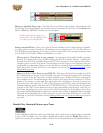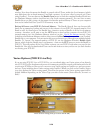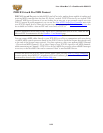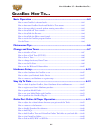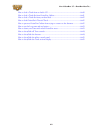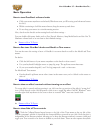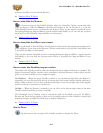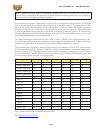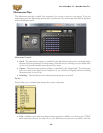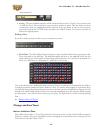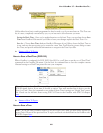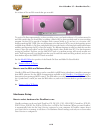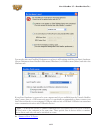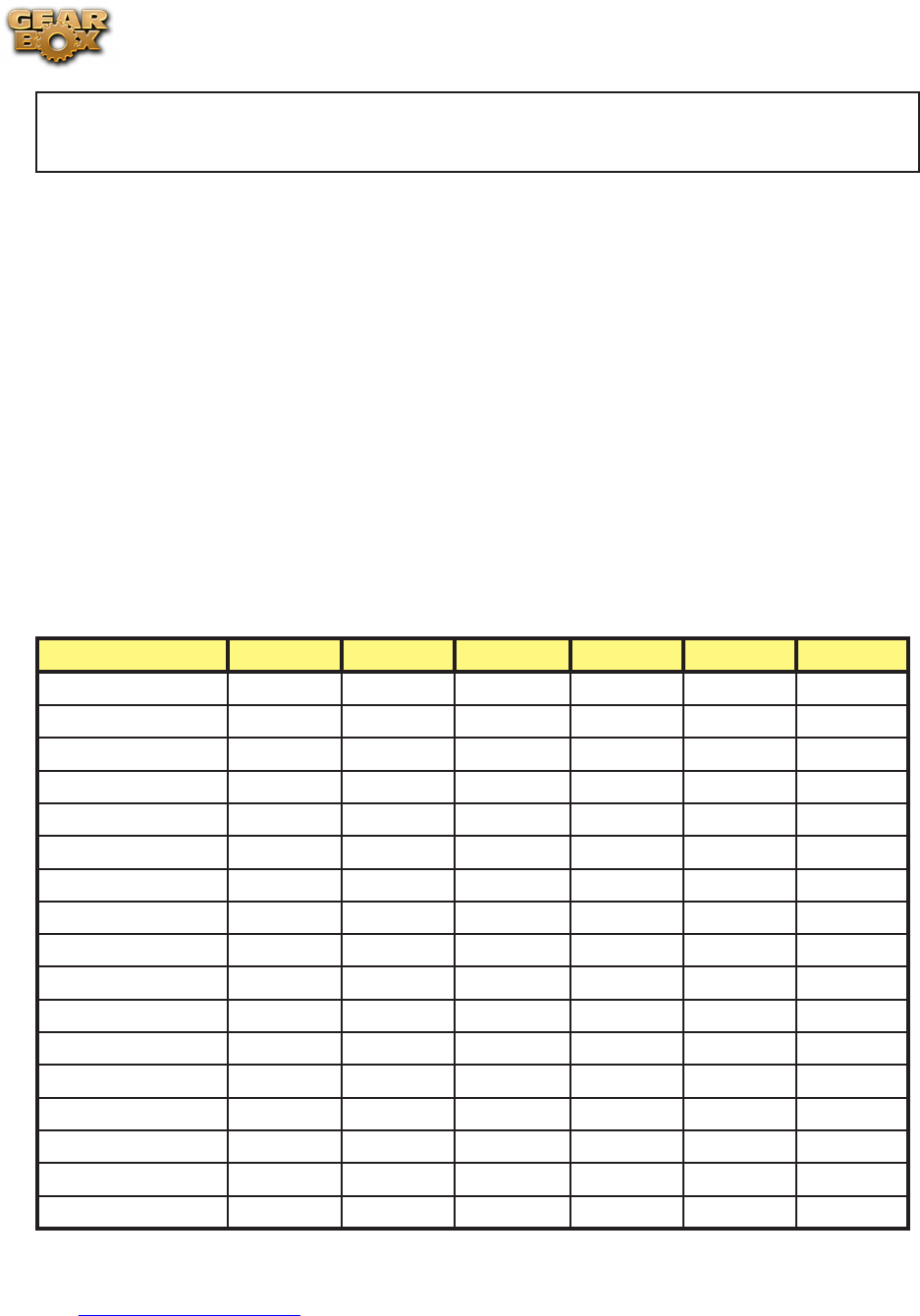
Line 6 GearBox 3.7 – GearBox How To....
6•5
Note – There is no Tuner display available with GearBox when set to use POD X3/X3 Live/X3 Pro
devices. The on-board POD X3 tuner can, of course, still be used when connected to your computer,
you just will not see it displayed within GearBox.
You can then play an open single string on your guitar (or bass guitar), and the display on the right
side of the tuner will show you which note that string is currently tuned to. The large meter in the
tuner shows you whether the string is sharp or flat relative to that note. When the needle is pointing
anywhere on the left side of the meter, your string is flat and needs to be tuned up. When the needle
is pointing anywhere on the right side of the meter, your string is sharp and needs to be tuned down.
The Mute/Bypass switch lets you choose whether your guitar will be muted while tuning, or if you will
hear it with amp/cab/effect processing bypassed.
The Tuner’s Reference control tells the Tuner what to tune to. 440Hz is the standard reference value
for A and is generally used for tuning reference. Unless you have a particular need to adjust the Tuner’s
reference, you probably want to stick with the standard 440Hz setting for this control.
The standard tuning for guitar is, from the largest string to the smallest, E-A-D-G-B-E. Other tunings
are also sometimes used. For instance, “Drop-D” tuning is accomplished by tuning the biggest string
down to D instead of E. The table below provides a number of alternate tunings for you to try. Tunings
are listed on the left. Columns labeled String 6 (the fattest string) to String 1 (the thinnest string) tell
you the pitch to which you need to tune that string:
Tuning String 6 String 5 String 4 String 3 String 2 String 1
Standard E A D G B E
Down 1 Half Step E
b
A
b
D
b
G
b
B
b
E
b
Down 2 Half Steps D G C F A D
Down 3 Half Steps D
b
G
b
B E A
b
D
b
Down 4 Half Steps C F B
b
E
b
G C
Down 5 Half Steps B
b
E
b
A
b
D
b
F B
b
Drop D D A D G B E
Drop D
b
D
b
A
b
D
b
G
b
B
b
E
b
Drop A A E A D G
b
B
Drop B B G
b
B E A
b
D
b
Drop C C G C F A D
Open E E B E A
b
B E
Open E7 E B D A
b
B E
Open G D G D G B D
Open D D A D G
b
A D
Open A E A D
b
E A E
DADGAD D A D G A D
Note: All half-steps use flats to match the chromatic tuner.
p Return to How To Topics



